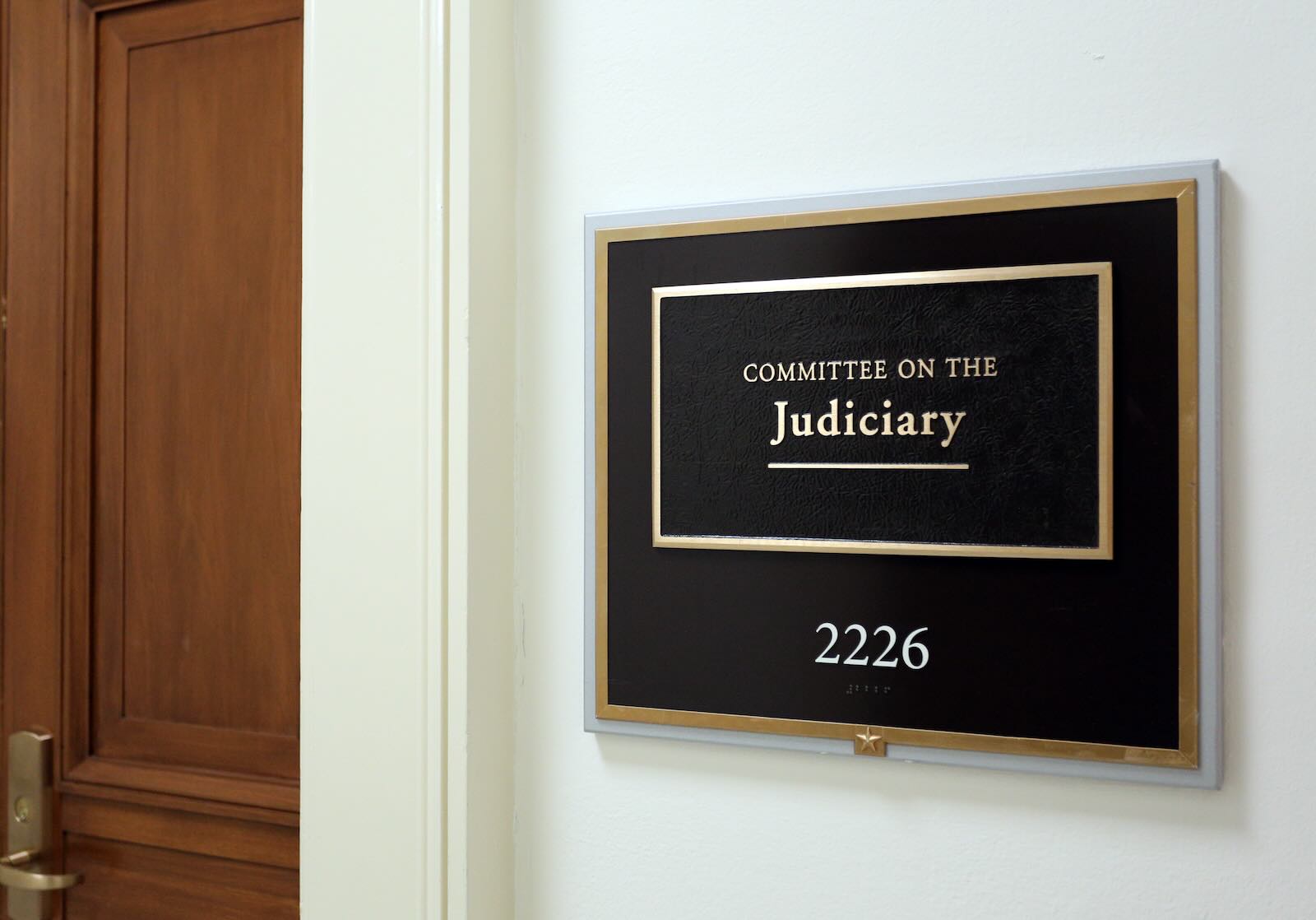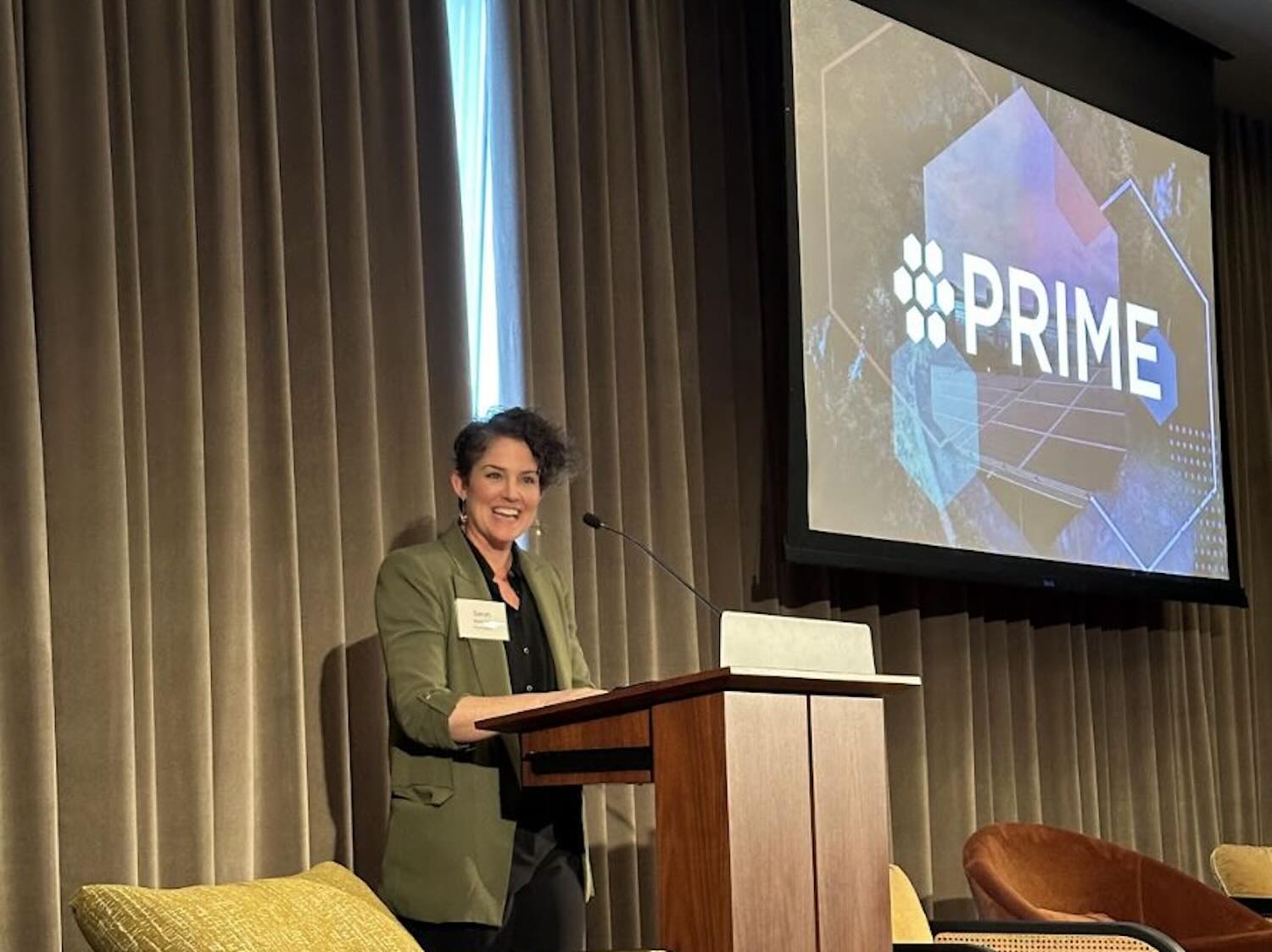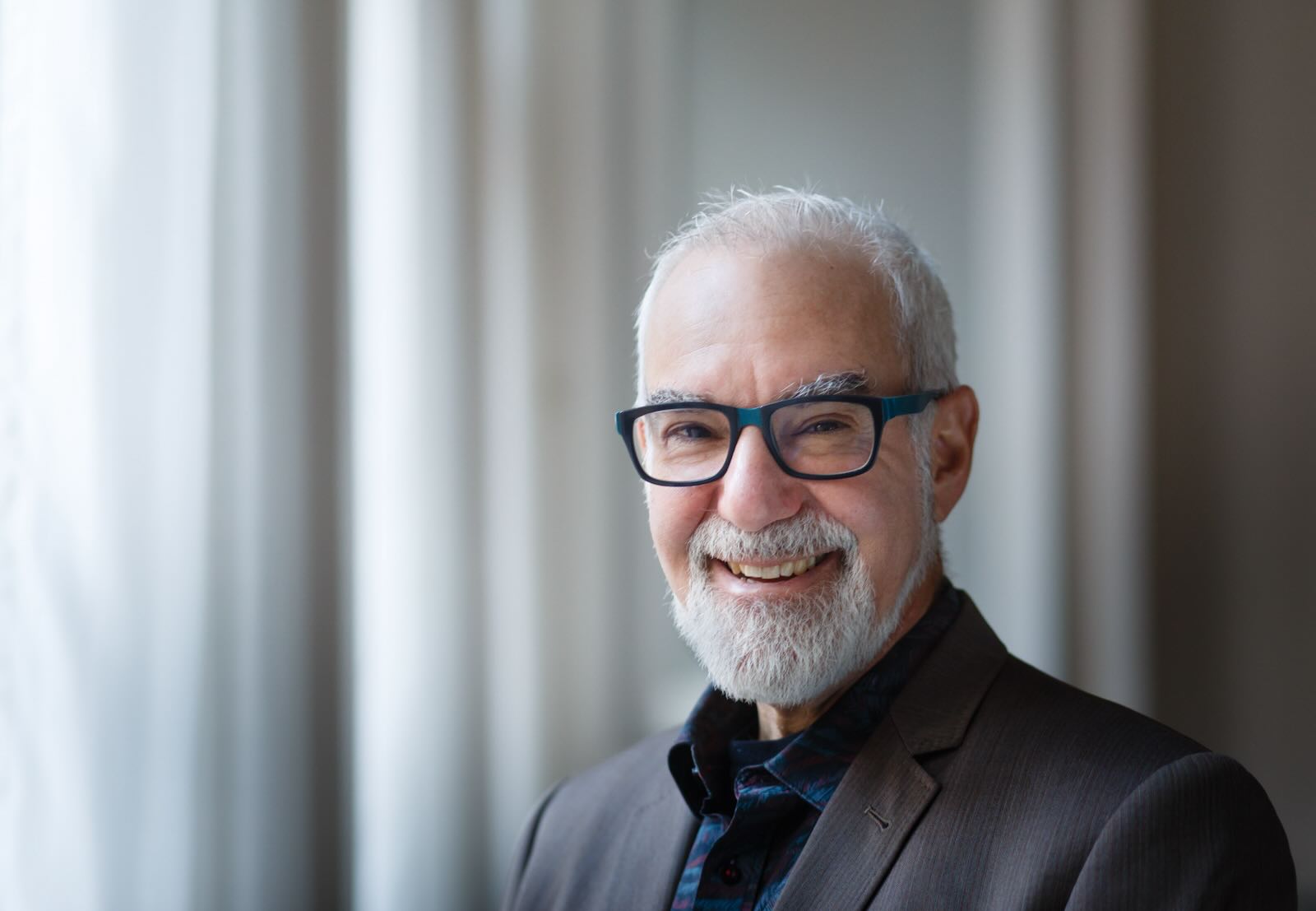I spent the last couple weeks crisscrossing the US, listening to conversations in the impact investment space and searching for throughlines to see where we, as a sector, are headed in the midst of the polycrisis that we are facing.
As a co-CEO of Common Future, an Oakland, Calif.-based nonprofit working to advance racial and economic equity, I’m searching for the pulse of this conversation because I’m particularly interested in how capital and power can be organized to create a more equitable economy and sustainable future. I’m looking for opportunities to mainstream the investment practices and ideas of our Black and Indigenous leaders that for centuries have been building economies based on the principles of interdependence of people and planet.
I’m looking for what we all are searching for in the impact investment space: the idea that investing with an understanding of and accounting for impact becomes the way of investing.
What I found was opportunity, yet to be harnessed.
Connecting the dots
In these conversations over the last two weeks, I saw mainstage conversations shying away from connecting our work in impact investing to the current events that deeply impact us as a society.
As impact investors, we were not collectively talking about how half of the world is voting in elections this year and how we as a sector could harness that power to push for change. We were not relating growing global economic uncertainty to the fact that our markets have become increasingly financialized and disconnected from people and their needs. We were not talking about how the calls for disclosure and divestment from harmful investments and institutions by student protestors are linked deeply to why we started on this journey of impact investment.
These are all issues that we as impact investors seek to address in some form. We have been practicing how to grapple with these challenges on the sidelines for years, waiting to be recognized. And now is our moment, should we choose to engage. People and institutions across the globe are looking for solutions to the big challenges our society is facing – from persistent racial inequality across economic, health and educational outcomes, to climate disaster, to economic instability, to declining worker power.
I strongly believe that we have some guidance and tools to offer for how to begin wrestling with these issues. This is our Overton window, our chance to move action forward in line with shifting public sentiment.
There is still a lot we need to unpack within the ever-expanding definition of impact investing and the wide range of solutions that fit within that definition. I have my own opinions on where impact investing needs be pushed further, but these conversations cannot just sit with ourselves anymore.
Our tools can chart a path forward for those that are seeking to move assets in alignment with shared prosperity and environmental resilience and for others that are being pushed to do so by their stakeholders. We hold the blueprints to activate our assets in service of building a more equitable economy and sustainable environment. It is possible to coordinate for directional movement in the investing space while holding the tensions of what solutions can be most productive for our society.
Collective action
Coordination means organizing around our collective goal to mainstream the ideals and practices of impact investing. During the Mission Investors Exchange conference, Tonya Allen, president of McKnight Foundation, called out the power in collective action. She outlined how much stronger we can be to withstand backlash and push for change if we all stand up together.
What would it look like for us as institutions committed to impact investment to collectively organize and be at the forefront of presenting solutions to a broader audience ripe for change?
Foundations that are on the journey or have moved their endowment to 100% impact could write an open letter to universities being called to divest from harmful investments to join them on this journey and share lessons. Institutions engaged in impact investing could coordinate public responses and actions when asset managers back away from net zero commitments, states put forward anti-ESG legislation, and when lawsuits come forward challenging investments in racial equity.
Some of this is happening, with the development of the Freedom Economy by Adasina Social Capital to provide crucial support to racial equity investors, but we need more. Coordination is possible for us and in fact, must be what we challenge ourselves to do in order to ensure progress is held, instead of backsliding.
As impact investors and those facilitating the impact investing ecosystem, we got into this because we saw what was coming and decided to build the infrastructure to move the financial sector in a direction that prioritized understanding and accounting for impact – both positive and negative. The world is ready for us now – they need us and our engagement to push them further.
It’s incumbent upon impact investors to keep pushing further as our ideas are mainstreamed – to align with racial and economic justice advocates pushing for government regulations, oversight and community-informed incentives that will help steer the entire sector toward a more equitable economy.
We don’t have all the answers, but we have some and can keep learning together. We’re being called to step in – can we meet the moment?
————–
Sandhya Nakhasi is a co-CEO of Common Future.











